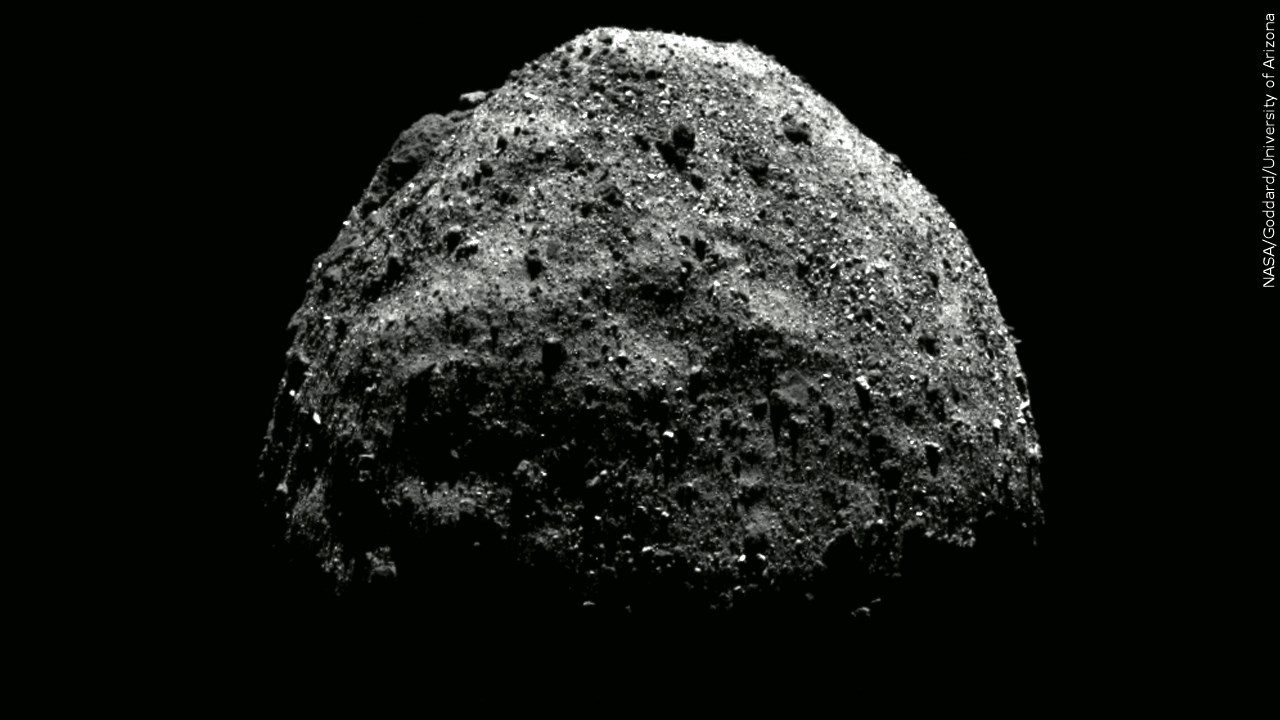5 asteroids passing by Earth this week, 3 the size of planes, NASA says

Credit: MGN
(ABC News) – Five asteroids will fly past Earth beginning Wednesday, but aren’t expected to threaten the planet, NASA said.
Between Sept. 6 and Sept. 12, one asteroid the size of a house, three the size of a plane and one asteroid the size of a bus will make way near Earth, according to NASA’s Asteroid Watch dashboard.
The asteroid named JA5 will fly within 3.17 million miles from Earth on Wednesday, NASA said. JA5, the house-sized asteroid first discovered in 2021 is approximately 59 feet.
On Sept. 8, two asteroids, QC5 and GE, will whiz within 2.53 million and 3.56 million miles, respectively, of the planet. QC5 is around 84 feet and the size of a plane and was discovered this year, while GE is the size of a bus at 26 feet and was detected in 2022, according to NASA Asteroid Watch data.
The two other airplane-sized asteroids are expected to fly past Earth on Sept. 10, according to NASA. Asteroid QF6 is passing within 1.65 million miles of the planet and is 68 feet in size and QE8 is passing within 945,000 miles of Earth and is 170 feet, according to NASA. Both asteroids were discovered this year.
The average distance between Earth and the moon is around 239,000 miles, according to NASA.
The asteroids do not pose a threat to Earth, despite traveling within 4.6 million miles of the planet because none of them are over 150 meters, or 492 feet, according to NASA.
An asteroid between 140 and 310 feet in size safely passed by Earth in March, according to NASA Asteroid Watch. An asteroid of this size only goes by Earth about once every decade, the agency said.
NASA has discovered more than 32,000 asteroids near Earth as of Aug. 31. The space agency has discovered 853 asteroids larger than 1 kilometer, or 0.62 miles, and 10,541 asteroids larger than 140 meters, or 459 feet.
Three asteroids have passed closer to Earth than the moon, in the last 30 days. In the last 365 days, 10 asteroids passed closer to Earth than the moon, according to NASA.
The Asteroid Watch dashboard monitors comets and asteroids that make “relatively close approaches to Earth,” NASA said.